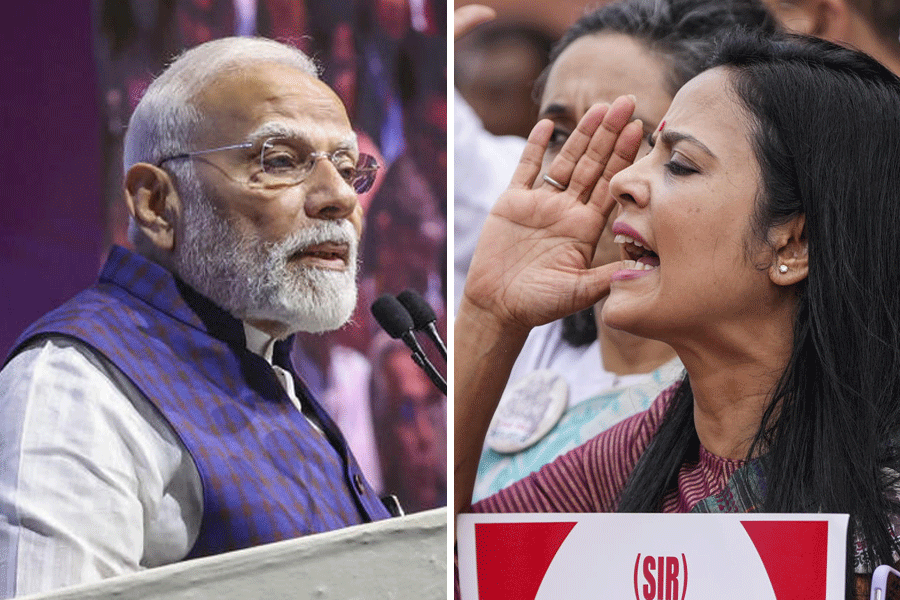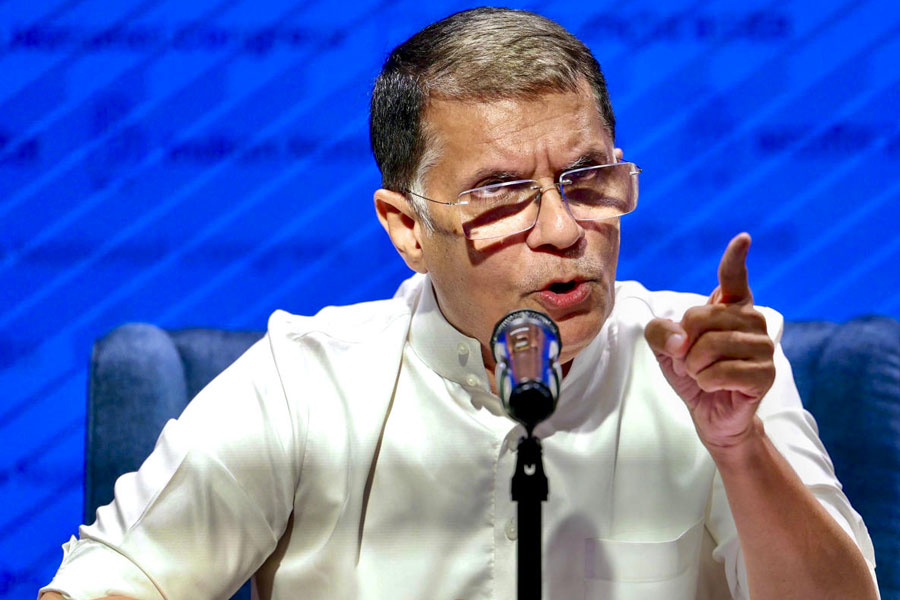 |
 |
| YOUNG BLOOD: (From top) Armaan Jaffer and Prithvi Shaw Pictures: Reena Martins |
For a 13-year-old, Armaan Jaffer shows little interest in cars. But his eight-year-old sister is happy to list all that she’d like her brother to own one day. A BMW, Porsche and an Audi, she says, while Armaan smiles shyly.
It’s not such an over the top wish list as you’d think: Armaan, who made it to the Mumbai cricket team announced on Saturday, is being hailed as one of India’s young cricketing stars. Last month, the Class VII Mumbai boy shot to fame when he hit 498 runs at an inter-school tournament.
The boy, who began playing cricket when he was eight, says he dreams of representing the Indian team. “When I watch a match on TV, I keep thinking that the batsman should have been me,” he says.
Suddenly, Indian cricketers below the age of 14 are making news. Like Armaan, youngsters such as Prithvi Shaw, Hasher Dafedar and Darshan Sonawane have been hitting the headlines for their cricketing exploits.
“They’re a lovely bunch — smart, wise and questioning — and need to be handled with lots of love and patience,” says Amay Khurasia, former Test player and head coach of the Madhya Pradesh Cricket Association.
At Mumbai’s Azad Maidan, Prithvi Shaw, 11, lugs a heavy cricket kit on his shoulder — almost as high as him. In cricket circles, this pint-sized kid is billed as the next Sachin Tendulkar. The 50 members of the Prithvi Shaw Appreciation Group on Facebook certainly think so. “If Prithvi plays consistently till he’s 18 or 19, the age when many young players go haywire because of college life, he has a very promising career,” says his school coach, Amol Ghag, a former Ranji Trophy player in Mumbai.
For many of the young cricketers, the game is an obsession. Take Hasher Dafedar, 11, the younger of the Dafedar brothers in the news for their game. Even in his free time, 11-year-old Hasher is always busy planning his strategy for his next match, says his father, Anwar Dafedar, a stockbroker. “After a match, Hasher gives me a summary of the match and updates his diary, with his latest goof-ups, among other things.”
This is a robust and colourful lot, both on and off field, sledging or intimidating the batsman by loud commentary or shouting out coded advice to their batsman. “They shout something like ‘pyar se khel’ from the sidelines, which means don’t hit too many boundaries, lest the bowler be replaced,” says Mumbai-based cricket writer Makarand Waingankar.
Not everybody follows suit. Like his hero “Sachin Sir,” Armaan says he tries not to verbally challenge his elders and avoids “ fooling around too much.” But Armaan would one day like to score more runs than Tendulkar, whom he admires for his “desire to learn, even at this age.”
As of now, most of Armaan’s runs come from playing “ground” shots. “Mummy tells me ‘Don’t play over the top shots, or you’ll get out,’ ” he smiles. “When I grow up I will become stronger and will be able to hit more aggressive shots.”
If Prithvi remained not out at 223 in a recent match, it’s because he was patient, the young cricketer says. “Like Sachin, who doesn’t lose his cool,” adds the sombre-faced boy, who only occasionally breaks into a childish grin.
For many of the players, Sachin is the inspiration. And since Tendulkar had himself made his mark as a young teen, his exploits on the field are inspiring. “Even at 15, when Tendulkar faced bowlers such as Imran Khan and Wasim Akram, he played shots out of the stands,” says Khurasia.
Darshan Sonawane, another promising left arm spinner from Nashik, says he enjoys fielding as he likes to “out” a player. “Fielding and running between the wickets are neglected skills that even players in competitive cricket find difficult to learn,” says B.P. Bam, a Nashik-based sports psychologist who has counselled players such as Tendulkar.
Bam has been inspiring young cricketers to focus “one ball at a time” and become like a “goalie” once the ball starts rolling. “A player has to create his vacant space to hit the ball — something that Tendulkar has mastered,” he adds.
Not every player can afford specialised advice like this, though. Prithvi, who lost his mother a few years ago, lives with his father, whose family was based in Calcutta. Since his father has no regular job, Prithvi, like some of his counterparts, relies heavily on benefactors.
Armaan is also a beneficiary of corporate sponsorship, which explains the “high quality” English willow that he wields at the nets. “This would cost over 10 times more than a Kashmiri willow, which comes for Rs 2,000,” says his father and coach, Kaleem, who says he gave up his pickle business two years ago to be able to shepherd Armaan to the state level matches.
For Armaan, practice begins at 7 am, followed by a post-noon break, only to return to the nets by late afternoon. The last couple of his waking hours are spent at the tuition teacher’s, with namaaz prayers twice or thrice in between. He eats a high-fibre diet of mainly salads and sprouts, with high protein gud-channa — gram and jaggery.
“Parenting is a duty, not an investment which would give monetary returns. It is the moral responsibility of a parent to give his child a bright future,” says Kaleem, who also coached his brother, Mumbai Ranji team captain Wasim Jaffer, 16 years his junior.
Anwar Dafedar says he is proud of his sons, Hasher and Khizar. “But I would want them to be good human beings and team workers first. If they become good cricketers, so much the better,” he says.
Like for many of the other youngsters playing for their school teams, regular schooling has taken a backseat for Armaan because of practice sessions and matches. He attends school for two months a year. “I get bored when I’m not playing cricket,” he says. “I miss school, but not all that much,” he adds with a smile.
Sonawane, who nabbed 72 wickets in eight matches played under the Maharashtra super league and invitation league, says he has not been to school in the last five months, but misses “school, school friends, studies, teachers and enjoyment.” And not necessarily in that order. Whenever he is in Nashik, he attends private tuition for two hours between practice sessions.
“We are not serious about his studies,” says Darshan’s father, Dilip Sonawane, a cardiologist. “I don’t regret allowing him to play cricket after seeing his interest and achievements.” Darshan’s mother, also a doctor, however is not as enthused. She sees no future in cricket, Darshan says.
Former England cricketer Frank Tyson would disagree. Tyson, who often visited India and interacted with Indian cricketers, had on one such visit christened the under-14 group the “mosquito squadron” for the umpteen questions they shot at him. “Get rid of this mosquito squadron, they’re biting me too much,” Tyson had lightheartedly told Waingankar.
Clearly, they are still biting.











